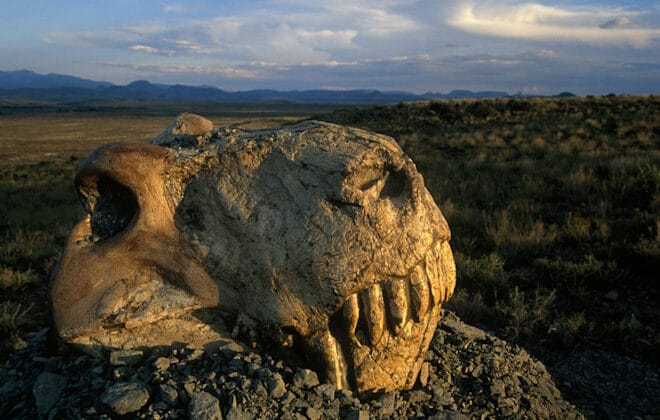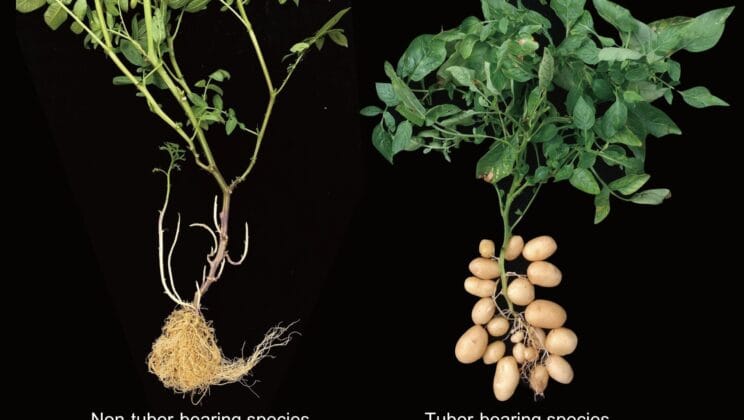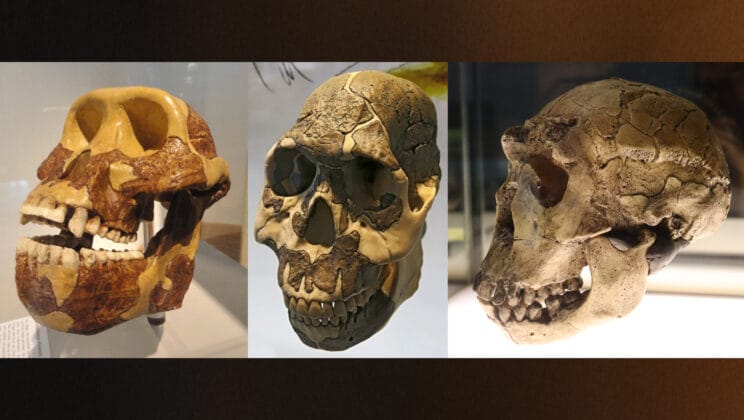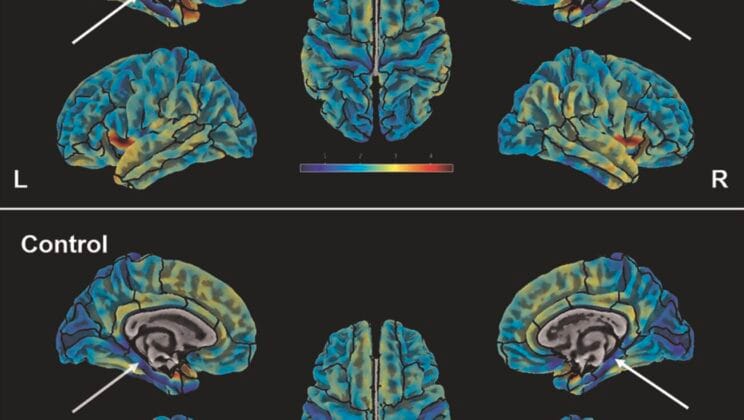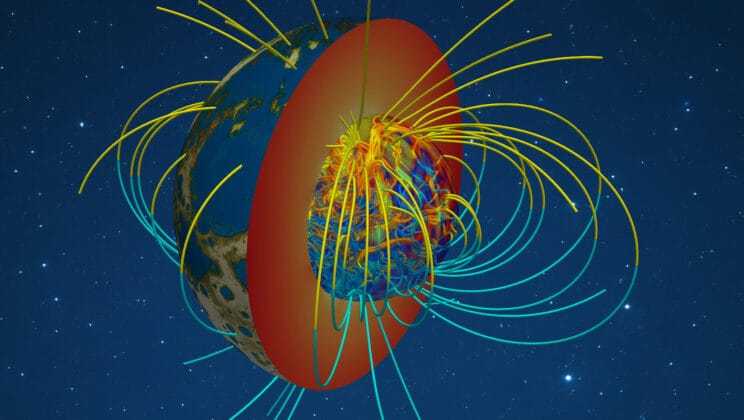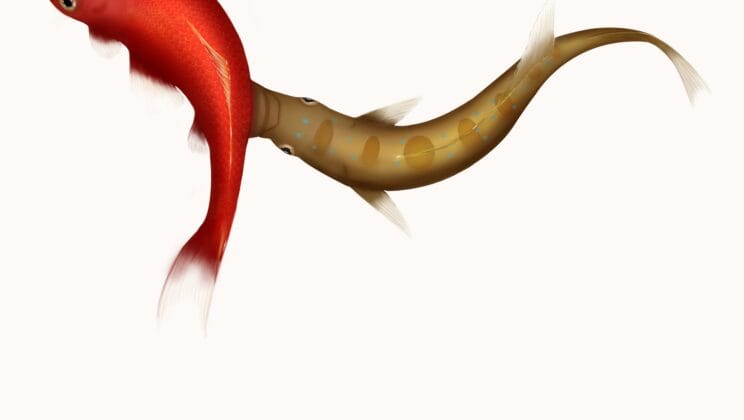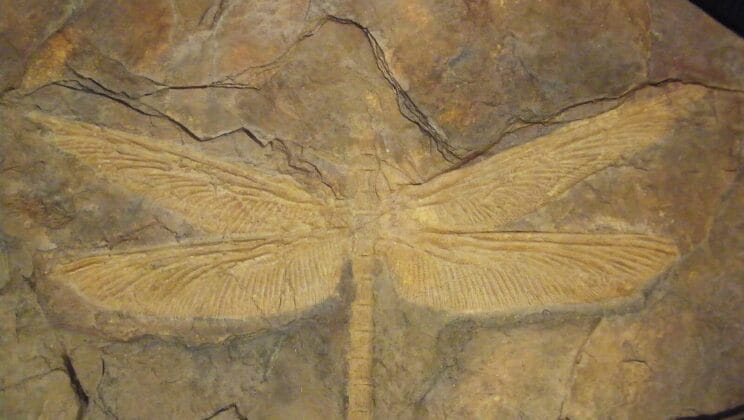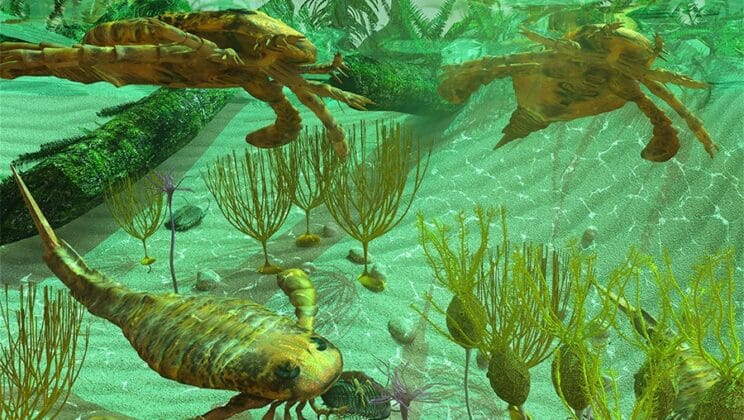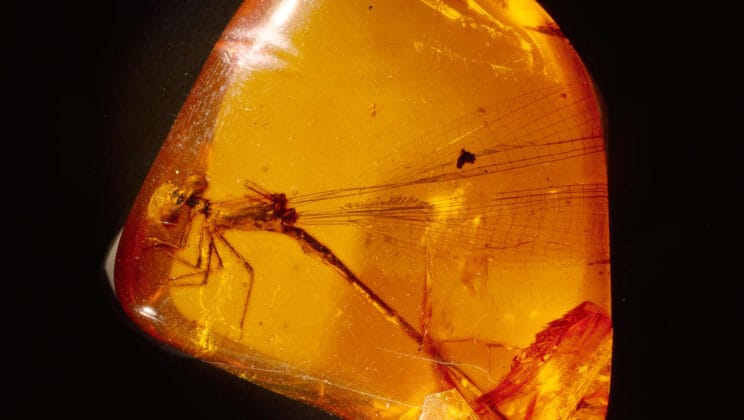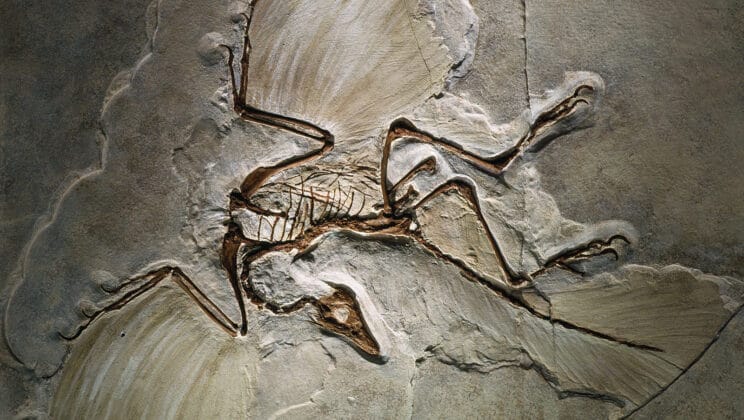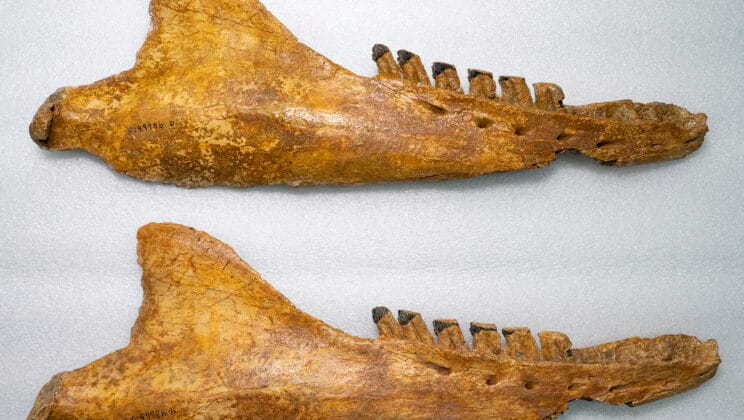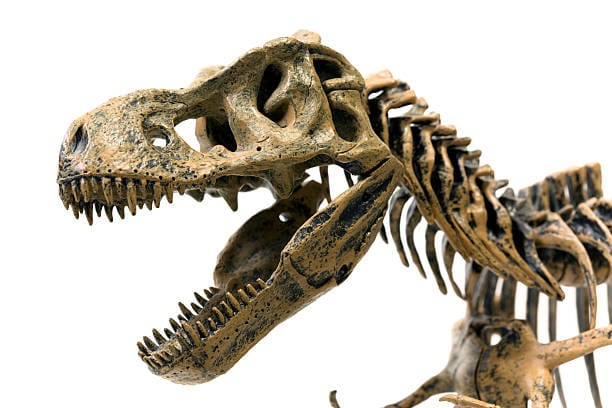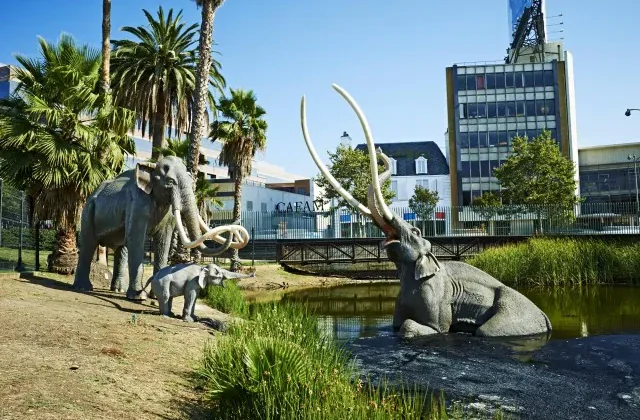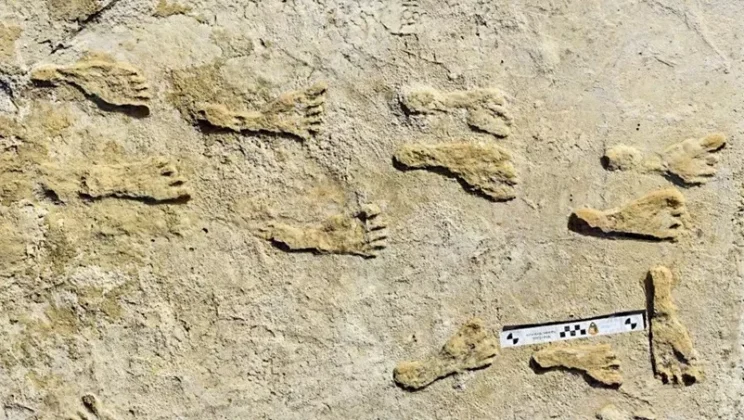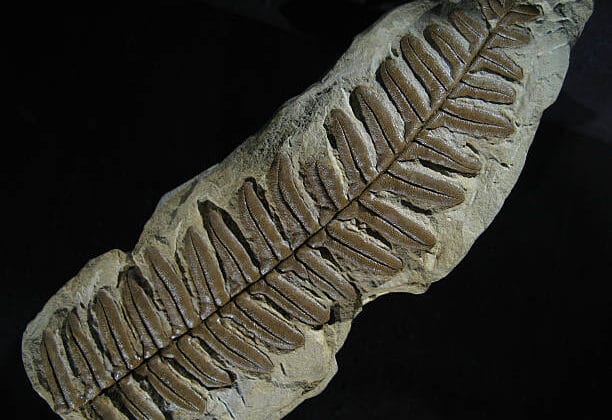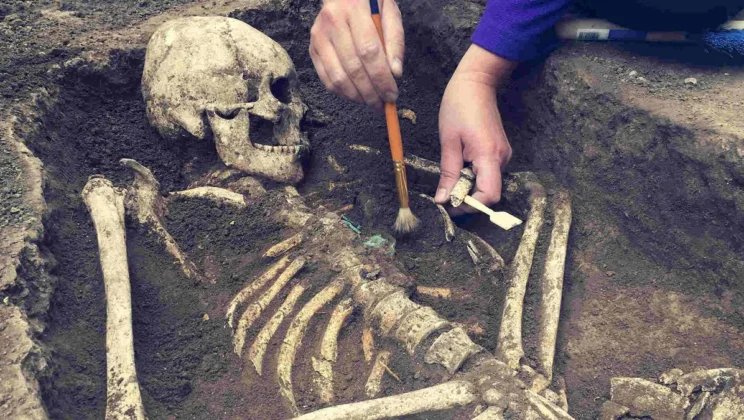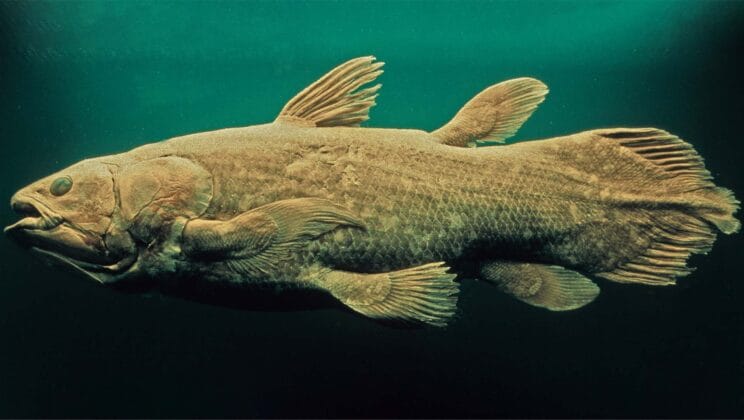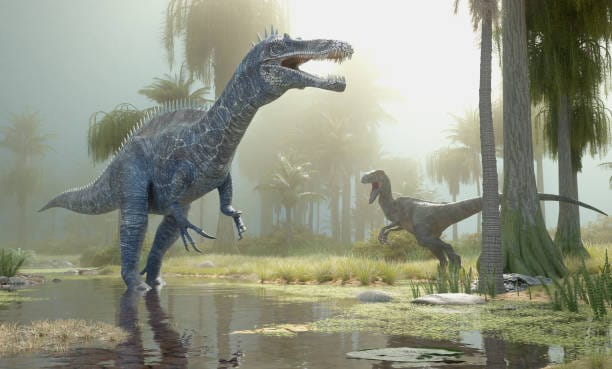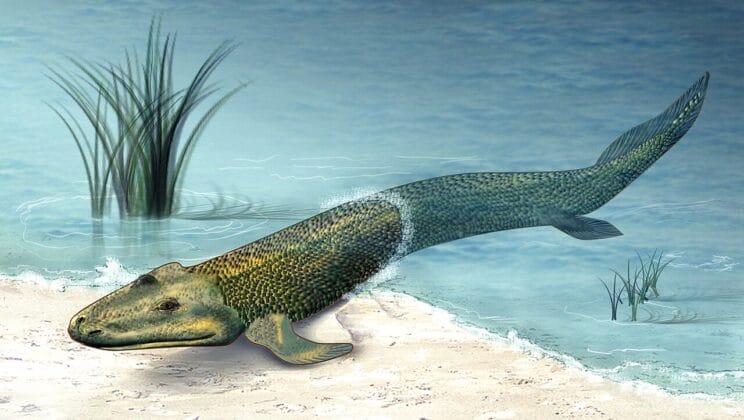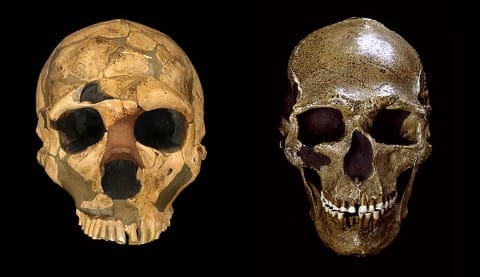There is something haunting about a fossil. It is not just a bone or a shell, not merely the imprint…
Category: Biology
The Ancient Love Story That Created the Potato and Changed Human History
In a groundbreaking revelation that unearths the potato’s prehistoric past, an international team of researchers has traced the origin of…
Ancient Humans Ate the Impossible and Changed Evolution Forever
Long before Homo sapiens baked bread or boiled potatoes, ancient hominins made a radical dietary gamble that reshaped their evolutionary…
Scientists Discover Hidden Brain Signature That May Reveal the Roots of Depression
Major depressive disorder (MDD) is more than sadness. It’s a deep, life-altering condition that casts a long shadow over everyday…
Scientists Solved a Billion-Year-Old Mystery at the Heart of the Earth
High above our heads, an invisible shield guards our planet. We don’t see it, we don’t feel it, but without…
The Fish That Breaks Nature’s Mirror and Thrives Because of It
Symmetry is a law of life. From the two wings of a butterfly to the mirrored halves of the human…
Were There Fossils of Giant Insects?
Long before humans stood upright, before mammals scurried in the underbrush, and even before dinosaurs thundered across the Earth, there…
What Is the Cambrian Explosion and Why Was It So Important?
Long before the flash of intelligence ignited in our human lineage, long before dinosaurs thundered across ancient Earth, before even…
How Are Marine Fossils Found on Mountain Tops?
Imagine standing atop a jagged mountain peak, where the air is thin and cold, and the world sprawls far beneath…
What Is Amber and How Do Fossils Get Trapped in It?
There are few natural substances on Earth more enchanting than amber. Warm to the touch, glowing with hues of honey…
Famous Fossil Sites Around the World: Unearthing the Story of Life on Earth
Beneath the quiet soil of deserts, beneath the cold shadows of cliffs, and deep within the sedimentary layers of forgotten…
What Is the Difference Between a Fossil and a Bone?
Beneath our feet, entombed in layers of stone and dust, lies a hidden archive of ancient life—a mosaic of the…
How Fossils Support the Theory of Evolution
Buried deep in the layers of Earth’s crust, entombed in silent stone, lies a record of life older than memory,…
The La Brea Tar Pits: Window Into Ice Age America
Amid the bustling traffic, soaring palm trees, and modern marvels of Los Angeles, few would suspect that one of the…
What Can Fossilized Footprints Reveal About Prehistoric Life?
Long after bones crumble to dust, after skin and sinew are lost to time, there can still remain—faint and sunken…
How Do Fossilized Plants Help Us Understand the Past?
The past doesn’t speak in words. It speaks in fragments, imprints, and echoes left behind in stone. Sometimes it whispers…
Why Do We Rarely Find Human Fossils?
Beneath our feet lie the scattered bones of history—stone-turned echoes of lives lived long before memory. Fossils whisper the tale…
What Is a Living Fossil?
Imagine walking along a forest path or wading into the warm shallows of a tropical sea and suddenly encountering a…
Who Was Charles Darwin? The Man Who Changed How We Understand Life on Earth
Charles Robert Darwin was born on February 12, 1809, into a world straddling the cusp of modernity and ancient certainty.…
The Evolution of Birds From Dinosaurs: Fossil Evidence
Long before the sound of songbirds filled ancient forests and the sky became a canvas for wings, the earth trembled…
What Are Transitional Fossils and Why Are They Important?
Across the vast expanse of Earth’s history, nature has left behind a cryptic but mesmerizing diary—scratched into stone, sealed in…
What’s the Difference Between Neanderthals and Homo Sapiens?
Long before skyscrapers etched their outlines into the clouds, before cities pulsed with the heartbeat of electricity, and before written…
